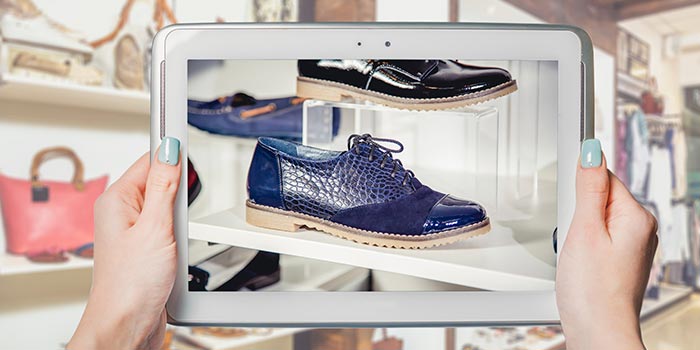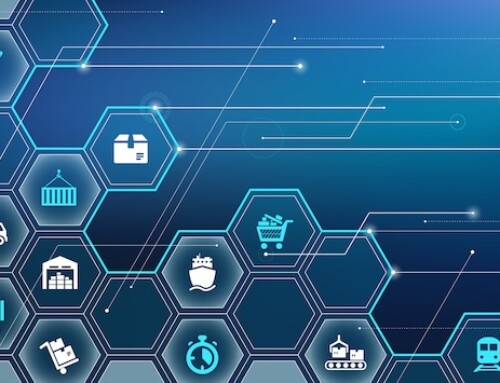
Order Management has come a long way from the golden age of catalogers. Back in the 1980’s, pre-Internet, there were two sales channels catalogers needed to worry about: the phone and mail-in orders. Today, order management systems (OMS) need to work with every retail channel, or omnichannel, in order to be the central repository for all customer purchases, not just orders. This requirement has been propelled by growing consumer expectations generated by a paradigm shift in the way they shop. In addition, retail executives are looking for the OMS to reduce the number of systems necessary to manage orders, inventory, products and customer information.
The Omnichannel Opportunity
Omnichannel is now a reality as many retailers have started initiatives to unify their sales channels for optimizing the customer experience. Consumer facing sales channels such as the web, call center and store-systems must all have access to the same retail data for shopping and service consistency. Across many retail verticals, it has become important to have the ability to view inventory values across different stores or even warehouses to get the right product for the customer, when they want it. For example, when a customer shops online they want to know that if they walk into a retail branch the store associate can look up that order and make complementary product recommendations for their purchase. If a product is out of stock, customers want to know that a store associate can quickly order the item and have it shipped to their house or to the closest retail location. Capabilities such as “endless aisle” and “save-the-sale” have become valuable tools for building customer loyalty, increase sales and stymieing the competition.
When looking at adding omnichannel functionality, the order management system is critical for success. The OMS can be the system of record for orders and inventory across your entire company. Using an order management system can help facilitate the following four omnichannel initiatives:
- Order from store – endless aisle or save the sale functionality using a mobile device
- Fulfill from store – clear out excess products in stores for improved inventory turn
- Buy online, pick-up in-store – allowing customers to purchase and pick-up products same day
- Buy online, return to store – creating convenience for customers and getting them back in the store to buy other products
“…a retailer investing in an OMS today will realize immediately the benefits of offering omnichannel fulfillment across an existing store network, but that OMS will also scale to allow omnichannel fulfillment in new stores”.
Brendan Witcher, Forrester.
Download his report, Building The Business Case For Omnichannel In Retail
With a solid strategy and the right OMS, you can provide an omnichannel experience for your customers.
Contact Freestyle Solutions, to see how we can help guide you with your OMS driven omnichannel initiatives.




